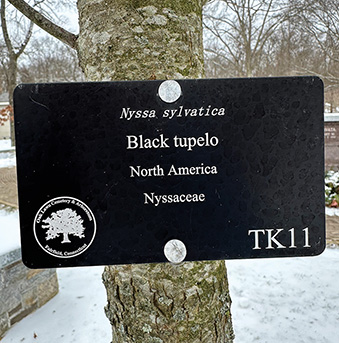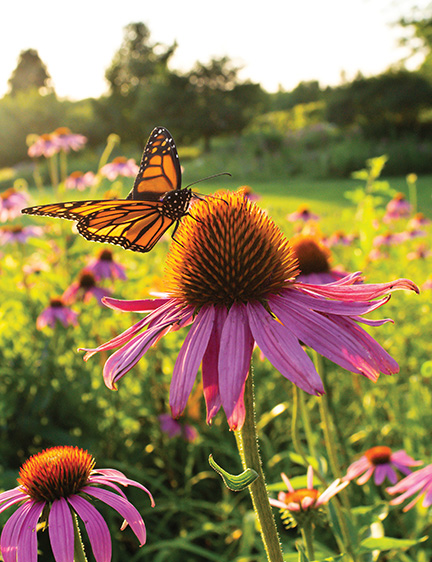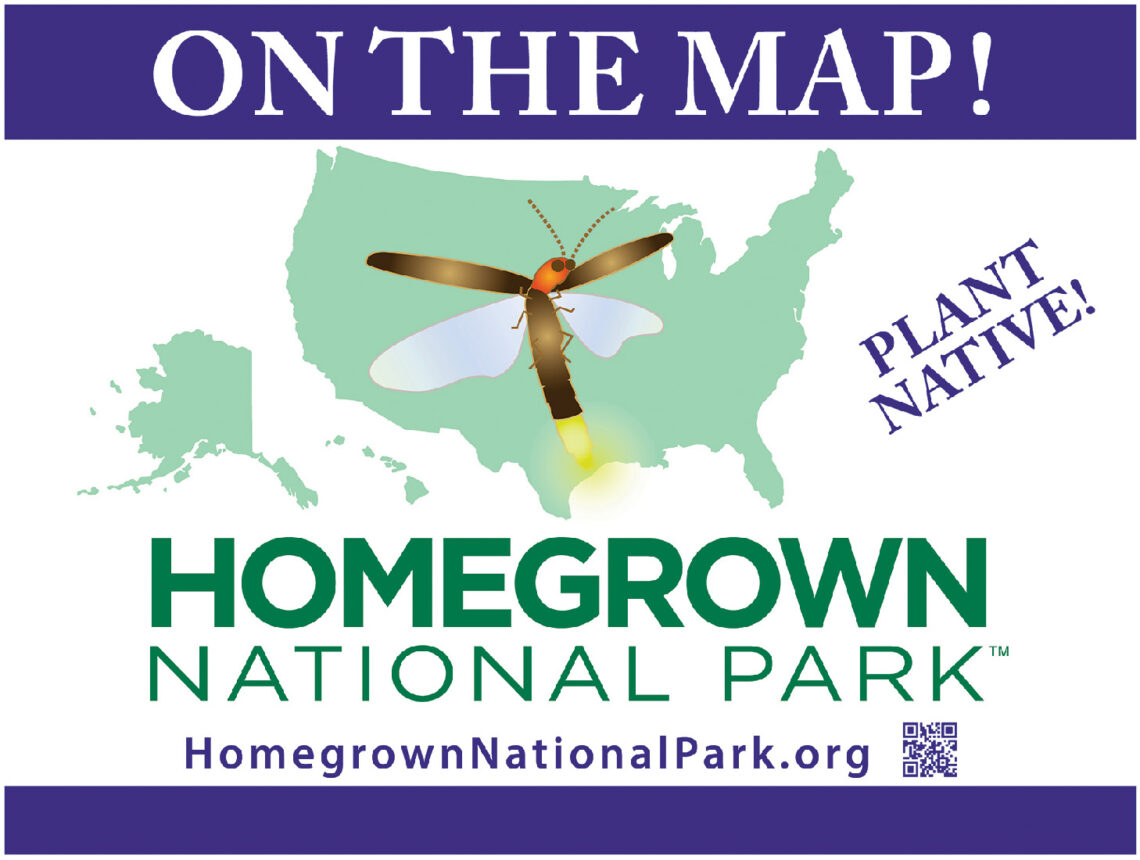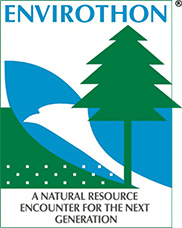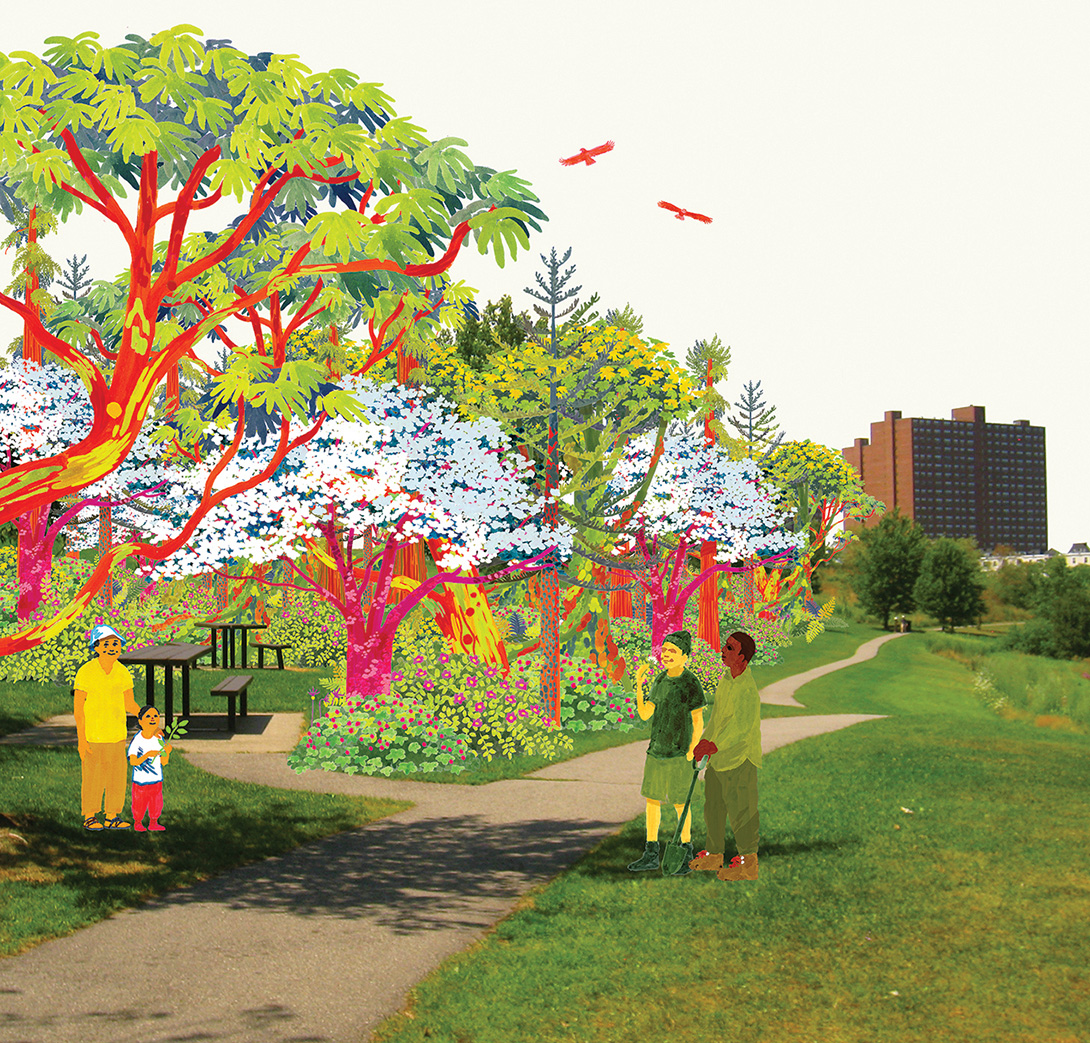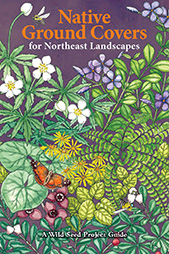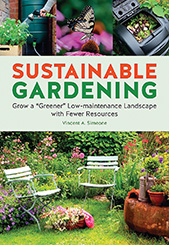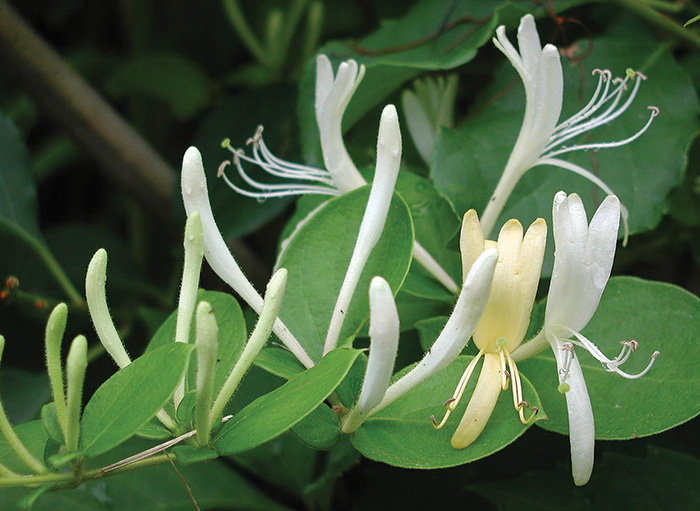By Charlie Stebbins An “Arboretum” is an outdoor “tree museum,” open to the public and offering a verdant sanctuary of quiet and beauty. With forests worldwide threatened by development, invasive pests, diseases, and plants, plus poor management practices, the need for quality “arboreta” was never so pressing. Fortunately, the expanding community of tree-loving enthusiasts grows increasingly strong! Arboreta have been around since Roman times and today they total about 4,000 globally. Botanical gardens feature herbaceous flowers and grasses, while trees and woody shrubs are the stars in an arboretum. Long ago, arboreta were simply “places of trees,” randomly arrayed in old cemeteries, universities or municipal parks. Documentation, landscape legacy, and…
-
-
Tiny+Wild
Graham Laird Gardner’s new book, Tiny + Wild, is an excellent introduction to mini-meadows, sometimes called micro-prairies. Meadows are all the rage these days but not everyone has the space, time or money to create large meadows. The answer? Mini-meadows. I first became enamored of miniaturization when I visited the Miyawaki Forest in Cambridge, Mass., essentially a mini-forest. The concept? Plant a bunch of native plants tightly together and create a forest quickly. We can do the same thing with meadows and we can do it pretty much anywhere … hell strips, fence lines, patios, around your mailbox or stoop. You can plant them in the ground, in raised beds,…
-
Understanding Monarch Movement
By Dr. Kelsey E. Fisher Monarch butterflies (Danaus plexippus) are a charismatic species known for their characteristic orange and black coloration and annual migration from Mexico to Canada. Monarchs overwinter in Central Mexico huddled together in high elevation oyamel fir trees. Throughout the spring and summer months, monarchs undergo a multi-generational northern migration through the United States and into Canada. [The lovely photo of an adult monarch on a purple coneflower was taken by Jacqueline Pohl from Iowa State University.] During the summer breeding period, monarchs are widely distributed across the United States and Canada, where adult females lay eggs and caterpillars feed on their obligate host, milkweed (Asclepias spp.).…
-
Is Your Yard on the Map?
By Kathy Connolly Millions of people will flock to national parks this summer, anticipating the oceanside cascades at Acadia, the wildlife at Yellowstone, or the views at Shenandoah. All these worthy destinations delight their visitors at the same time as they preserve extraordinary elements of the natural landscape and provide wildlife habitat. But, according to some ways of thinking, the national parks are more like nature museums than nature itself. One of those thinkers is Dr. Douglas Tallamy, whose 40 years of research have aimed to understand how insects interact with plants and how such interactions determine the diversity of animal communities. He is probably familiar to many Connecticut Gardener…
-
Connecticut Envirothon
By Jean Laughman As a subscriber to Connecticut Gardener, of course you are a gardener! You may be a hobbyist, botanist, horticultural professional, educator, landscape designer, landscape architect, scientist, etc., and there was a path that led you there, and likely a spark that set you off on the journey. Your childhood experiences outdoors, exposure to friends and relatives who gardened, and lessons learned both inside and outside of school probably contributed to making you the gardener you are today. So how can we assure that knowledge and experience is passed to the youth of today? According to Learn.org, statistics from the US Labor Department predict a 9% growth in…
-
Miyawaki Forests
Graphic / Henry McCausland, SUGi Project – An artist’s rendition of what the Miyawaki Forest in Cambridge might look like one day. By Will Rowlands Last July, on an extremely hot day we visited a Miyawaki Forest – a 4000 square foot miniforest or pocket forest – planted the previous fall at Danehy Park in Cambridge, Mass. It’s the first Miyawaki Forest in the Northeastern US and was planted on Sept. 25, 2021. The City of Cambridge says it will “boost biodiversity and climate resilience.” Danehy Park is a 49-acre facility located on a former landfill. A press release from the City of Cambridge explains … “The Miyawaki method is…
-
Native Ground Covers
This is a wonderful little handbook on native ground covers by Anna Fialkoff and Heather McCargo from the Wild Seed Project. It makes a great companion to Native Trees for Northeast Landscapes, published by the same organization. What’s Inside• Profiles of 48 native ground cover species that add color and texture while building soil health and fostering wildlife habitat.• Six illustrated guilds of ground cover combinations designed for different conditions• An overview of the many ecological benefits native ground covers can provide• Recommended reading and resources Plant ProfilesEach profile has:• A basic description• At least one color photo• A chart showing light and water requirements and growth rate• Related Species…
-
Sustainable Gardening
Sustainable Gardening is a good introduction to the basic concepts involved in creating and maintaining a sustainable landscape. Author Vincent Simeone discusses a number of important issues:• Composting• Reducing your carbon footprint• Water conservation• Rain gardens• Organic gardening• Lawn reduction• Lawn alternatives• Limiting chemical inputs• Removing invasive species• Soil health management• Right plant, right place• Ecological landscape design• IPM (Integrated Pest Management) It’s not a simple process and is more complicated than putting in a few plants for pollinators. You basically have to learn how to think ecologically. The good news is you can start small and work your way up. There are a number of ways to start: adopt…
-
To Speak for the Trees
In case you didn’t get the memo, trees are really important. Forests are literally the lungs of planet Earth and trees like oak (Quercus spp) support hundreds of species of butterflies and moths, which in turn support our local bird communities. I was excited to read Beresford-Kroeger’s new book and hear her viewpoint. She’s a scientist who brings a certain je ne sais quoi to the mix because she was also steeped in ancient celtic knowledge at an early age. She may be the last person to have been taught this way directly. Diana isn’t your average writer, she’s a polymath with undergrad degrees in botany and medical biochemistry and…
-
Invasive Honeysuckles
First off, a big thank you to the subscriber who came up to me at the CT Flower & Garden Show in Hartford in February and asked about invasive honeysuckles. I don’t know how but honeysuckles have somehow escaped being featured as an invasive in Connecticut Gardener. Until now, that is! Very tricky of it. A whopping six species of Lonicera are considered invasive in Connecticut. Perhaps the best known, Lonicera japonica (Japanese honeysuckle), is a perennial woody vine. The other five are perennial shrubs. How Do You Tell Them Apart? There are a number of botanical differences but the easiest one to remember is this … native honeysuckles have…
